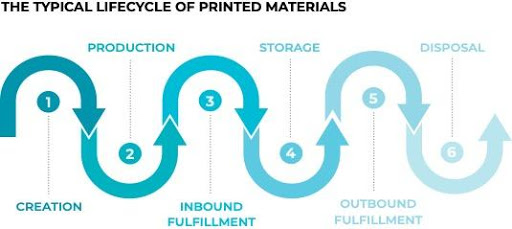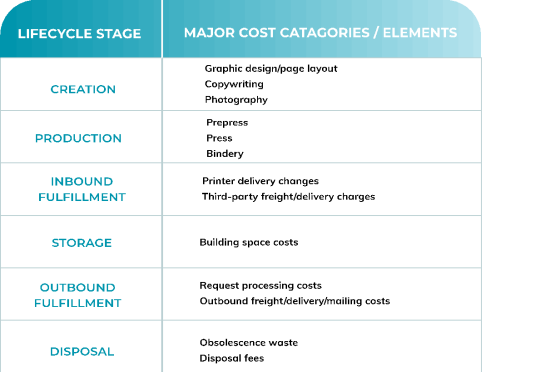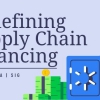Most readers of this article are probably familiar with the concept of total cost of ownership, or TCO. Savvy procurement professionals have long recognized that the purchase price of a product or service often doesn’t capture the total cost of acquiring and using that product or service.
For example, to get an accurate picture of the “real” cost of a new software application, you will need to factor in a variety of costs in addition to the purchase price, license fee or subscription fees. These other costs could include expenditures relating to user training, systems integration and ongoing technical support.
The total cost of ownership metric supports procurement professionals and other business decision-makers in three important ways:
- It provides more accurate visibility regarding the actual economic cost of a product or service.
- It provides a mechanism for making a more accurate “apples-to-apples” comparison of alternative products or services.
- In some cases, a TCO analysis will reveal that a previously unconsidered alternative may be the best economic choice.
TCO Defined
“The combination of the purchase or acquisition price of a good or service and additional cost incurred before or after product or service delivery. Costs are often grouped into pre-transaction or post-transaction costs, or into acquisition or in-house costs. To use cost of ownership as a cost reduction tool, it is necessary to identify and analyze the cost drivers to look for any avoidable costs.”
A comprehensive TCO analysis, therefore, requires the identification (and an estimate) of all costs that will be incurred throughout the entire lifecycle of a product or service. This is not always a simple task, and it can be fairly time-consuming. For those reasons, many companies only conduct a thorough TCO analysis for large purchases.
TCO and Print
In our experience, very few companies consistently use TCO for purchases of printed materials. This is understandable, given that many individual print purchases are relatively small transactions. But without a TCO analysis, it’s impossible to have accurate visibility regarding the real costs of printed materials. And the “accuracy gap” can be substantial. Various analysts and research firms have estimated that for every $1 a company pays to external production vendors for printed materials, it will spend $6 to $14 on the other activities and processes relating to those materials.
While it’s not realistic to perform a comprehensive TCO analysis for every print purchase, it’s not that difficult or time-consuming to include some TCO elements in many purchases. In addition, it’s often useful to perform a more detailed TCO analysis for certain groups or categories of printed materials.
Getting Started
The first step in performing any TCO analysis is to describe the lifecycle of the product or service. The lifecycle of most printed materials will contain the six major stages shown in the following diagram:
 Source: Real Sourcing Network (RSN)
Source: Real Sourcing Network (RSN)
Once the lifecycle has been described, the next step is to identify the types of costs that are typically associated with each lifecycle stage. It’s fairly easy to identify the major categories of costs that will be incurred to acquire and use most printed materials, and the following table contains the most common cost categories:

Source: Real Sourcing Network (RSN)
A Print TCO Example
As I indicated earlier, it’s not realistic to perform a complete TCO analysis for every print purchase. However, it’s not that difficult to include some TCO elements in most purchases. One component of TCO that can be easily included in most purchases is the cost of inbound fulfillment.
Inbound fulfillment refers to the cost of transporting printed materials from the printing company’s facilities to the buying company’s facilities. These costs usually take the form of delivery fees charged by the printing company or fees charged by third-party freight/delivery companies (e.g., UPS, FedEx, the Postal Service, etc.).
In our experience, most companies treat inbound fulfillment costs in one of two ways. Some companies simply have their print service providers include inbound delivery or freight costs in the quoted price of the printed materials. Other companies routinely pay inbound fulfillment costs using their company accounts with freight/delivery companies in the belief that the shipping rates they have negotiated are lower than those available to their print service providers.
Both of these approaches can result in a lack of visibility regarding inbound fulfillment costs and it’s easy to avoid this problem. With a capable print e-sourcing solution, a company can use RFQs that require prospective print service providers to itemize deliver/freight costs separately from other components of the quoted price. This enables buyers to evaluate the implications of sourcing printed materials from service providers in different geographic locations, as well as when it may be advantageous to pay inbound fulfillment costs directly.
It’s easy to view inbound fulfillment costs as a trivial expense. While these costs can be trivial for an individual print purchase, they add up over time, and can become substantial, given that many companies make hundreds or thousands of print purchases every year. A capable print e-sourcing solution provides greater visibility regarding inbound fulfillment costs and enables buyers to identify opportunities for cost savings.











